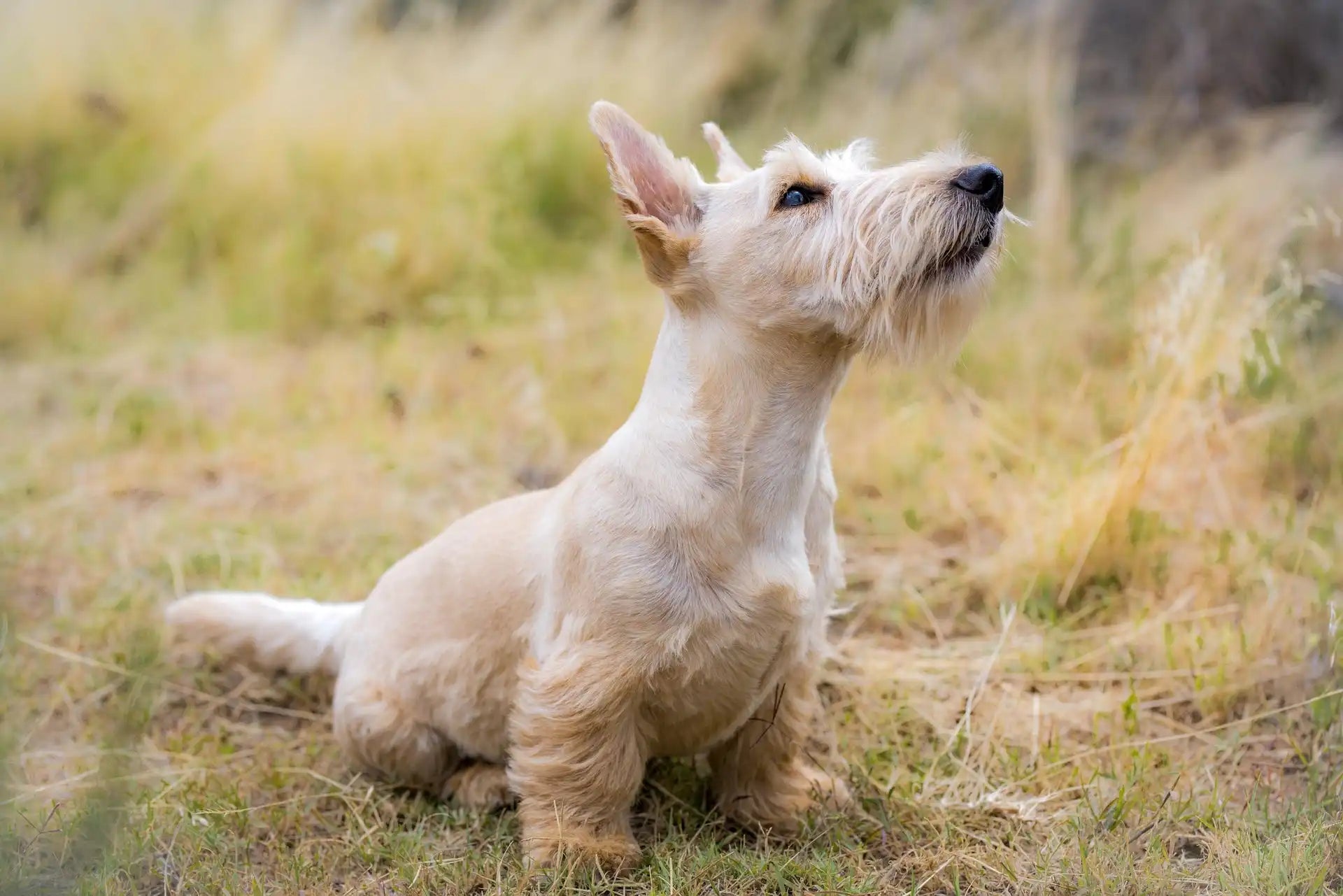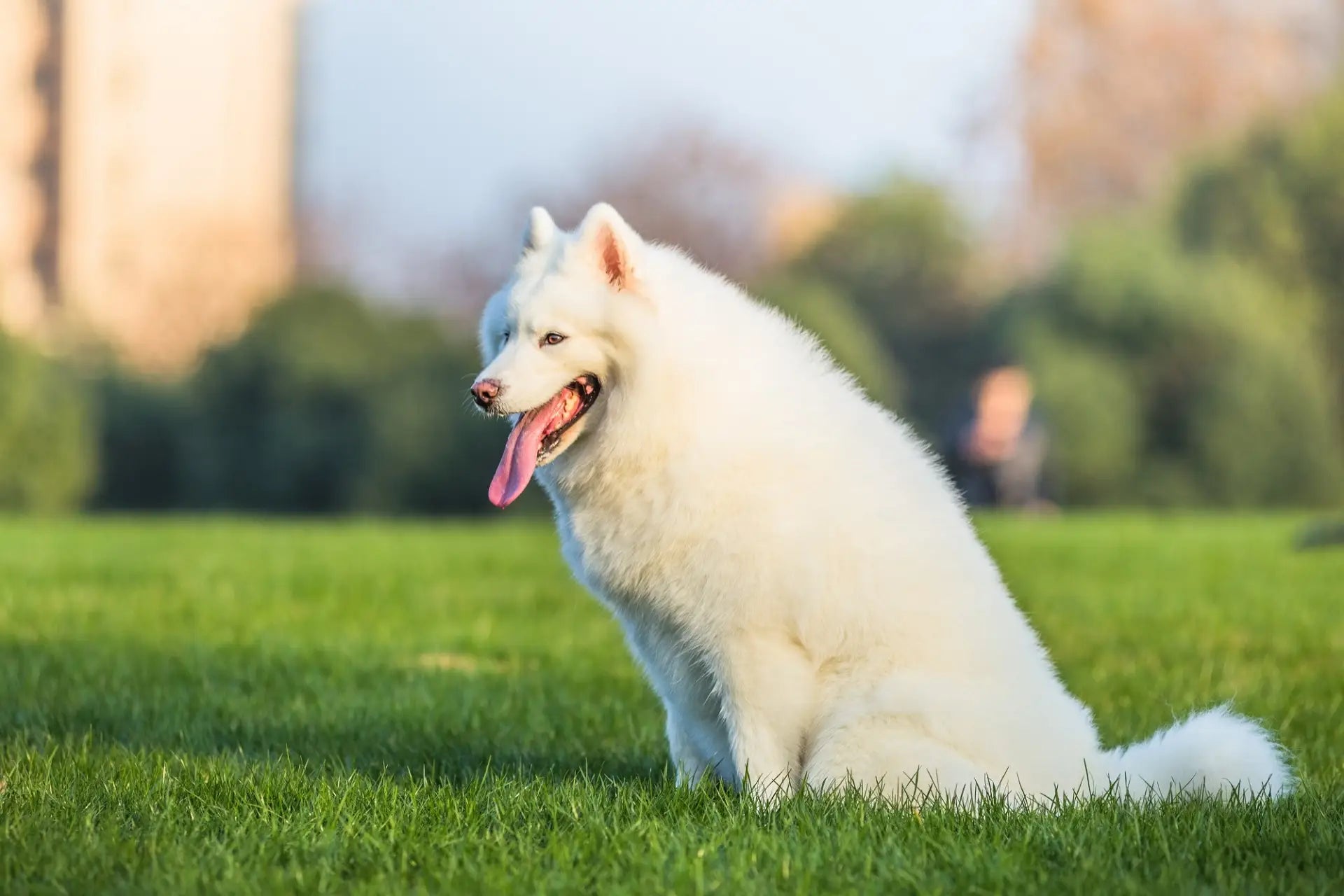
Schipperke: History, Care, Training & Health Insights by a Vet Expert
Quick Facts Overview
|
Trait |
Details |
|
Size Category |
Small |
|
Height & Weight |
25–33 cm; 5–7.5 kg |
|
Coat Type & Colours |
Thick double coat; usually solid black |
|
Energy Level |
High |
|
Origin |
Belgium |
|
Grooming Needs |
Moderate |
|
Temperament |
Alert, curious, confident, loyal |
|
Trainability |
High, with consistency |
|
Compatibility |
Good with older kids, OK with pets, reserved with strangers |
|
Lifespan |
13–15 years |
Breed Origins and History
The Schipperke hails from Belgium and was originally bred as a watchdog and rat hunter aboard canal boats. Their name roughly means “little captain,” and they sure act like one! Agile, clever and loyal, the Schipperke was well-loved by tradesmen, especially for their bold spirit and protective instincts. Their working background is still visible in their alertness today.
Personality and Temperament
If you’re after a little dog with a big personality, the Schipperke won’t disappoint. They’re spirited, independent, and always on the lookout. While they’re affectionate with their family, they can be reserved with strangers and aren’t the type to sit on your lap all day. Instead, they’re busy exploring, observing and guarding.
Trainability and Intelligence
Schipperkes are sharp-minded and quick to learn—but they also like to do things their way. You’ll need consistency and clear rules from the start to get the best out of them.
-
Respond well to structured routines
-
Motivated by praise, toys, and treats
-
Independent streak can challenge beginners
-
Use a training leash and treat bag for structured outdoor training
-
A training harness can help guide without restricting movement
Exercise and Activity Requirements
Don’t be fooled by their size—Schipperkes are full of energy and need daily exercise to stay balanced. Without it, they can become vocal, destructive or overly intense indoors.
-
45–60 minutes of exercise daily
-
Long walks, hikes, or backyard zoomies
-
Mental stimulation is key—try obstacle courses or scent games
-
They’re natural chasers, so off-lead only in enclosed areas
-
A hands-free lead is handy for active owners
Physical Characteristics
The Schipperke has a unique look—compact and fox-like, with a dense black coat, pointed ears and a confident stance. They carry themselves like little rulers.
-
Height: 25–33 cm
-
Weight: 5–7.5 kg
-
Coat: Double coat with a ruff, thick around the neck and shoulders
-
Features: Upright ears, curled tail (often docked in some countries), alert expression
-
Generally fits well in small dog gear
Living Environment Suitability
Though small, Schipperkes aren’t couch potatoes. They do best in homes where they have access to space, stimulation, and company.
-
Suited to houses with secure yards or daily outings
-
Can adapt to apartment life if exercised regularly
-
Tolerant of cooler climates thanks to their thick coat
-
Use a cosy dog bed and car harness for safety and comfort
Grooming and Maintenance
Their double coat doesn’t require as much maintenance as you’d think—but it does shed seasonally. Regular brushing helps keep it manageable and keeps that signature ruff looking its best.
-
Brush weekly; more during seasonal shedding
-
No trimming required—natural coat is best left untouched
-
Clean ears and trim nails monthly
-
Occasional bath is enough unless they roll in something questionable
-
A lightweight soft collar works well for daily wear
Common Health Issues
Schipperkes are generally healthy dogs, but a few breed-specific conditions are worth noting. With good care and regular check-ups, they often live well into their teens.
-
Common issues: hip dysplasia, epilepsy, hypothyroidism, eye problems
-
Some lines carry a gene for MPS IIIB (a rare metabolic disorder)
-
Maintain a healthy weight to protect joints
-
For older dogs, a supportive orthopaedic bed can ease joint pressure
Diet and Feeding Guidelines
A Schipperke’s small but active body benefits from a high-quality diet. Keep meals portion-controlled to avoid weight gain.
-
Puppies: ½ cup daily, split into 3 meals
-
Adults: ½ to 1 cup daily, split into 2 meals
-
Choose a food with joint and coat support
-
Use portable bowls for travel or outdoor walks
Compatibility with People and Other Pets
Schipperkes are loyal to their people but selective with outsiders. They’re great with older kids but may try to “herd” or control younger ones. Early socialisation is a must.
-
Bond strongly with family
-
Good with other pets if raised together
-
May be aloof or bossy with unfamiliar dogs
-
Reserved with strangers but not aggressive
-
Consider a coupler lead for multiple pets
Behavioural Issues and Management
These alert little dogs are always watching—and sometimes, always barking. Behaviour issues usually come from under-stimulation or lack of structure.
-
Barking: common if bored or feeling protective
-
Digging or escaping: ensure yard is secure
-
Stubbornness: use clear, consistent training
-
Pulling on lead: try a no-pull harness for smoother walks
-
Chewing: provide durable toys for solo play
Essential Gear for Schipperkes
Daily Walking:
Training Support:
Travel & Comfort:
Style & Safety:
Frequently Asked Questions
1. Are Schipperke dogs aggressive?
Schipperkes are not naturally aggressive, but they are very alert and protective. They can be wary of strangers and may bark or act bold when they feel unsure. Early socialisation and positive training help shape them into confident but well-mannered dogs.
2. Do Schipperke dogs bark a lot?
Yes, they can be quite vocal. Schipperkes were bred as watchdogs, so they’ll let you know if something seems off. Daily activity and training help reduce excessive barking and keep them mentally stimulated.
3. Can Schipperkes be left alone?
They don’t enjoy being left alone for long hours. Without company or stimulation, they can become bored or anxious. If you’re out regularly, make sure they have interactive toys and a secure space to relax.
4. Is a Schipperke a good pet?
Yes, but they suit active households best. Schipperkes are loyal, curious, and full of energy. They love a job to do and enjoy being part of the family. They may be a bit too independent for someone looking for a low-key lapdog.
5. Are Schipperkes good with other dogs?
They usually are, especially if socialised early. They enjoy play and can get along well with other pets. Sometimes they might try to be the boss, so supervision and training are helpful during introductions.
6. Do Schipperkes shed?
Yes. Their thick double coat sheds year-round, with heavier shedding during seasonal changes. Weekly brushing helps control loose hair and keeps their coat looking healthy.
7. What is the temperament of a Schipperke?
They are bold, curious, and alert. Schipperkes are very loyal to their family and can be a bit independent. They like to explore and stay busy, so they need plenty of stimulation and structure.
8. Are Schipperkes hypoallergenic?
No, they’re not. They do shed and produce dander, which may trigger allergies in sensitive people. If allergies are a concern, another breed might be a better fit.
9. What is the nickname of the Schipperke?
They’re often called the “Little Black Devil.” It’s a playful nickname that comes from their mischievous personality and all-black coat.
10. What is the life expectancy of a Schipperke?
They usually live between 13 and 15 years. With a healthy diet, regular vet check-ups, and plenty of exercise, they can live long, happy lives.
Final Thoughts
The Schipperke is a bold, brainy little dog with a huge heart. Their curiosity, independence, and loyalty make them a fantastic companion for active owners who love a dog with character.
Looking for tough, smart gear to match your Schipperke’s bold personality? Head over to EzyDog to find premium accessories made for energetic breeds like the Schipperke.





Leave a comment
This site is protected by hCaptcha and the hCaptcha Privacy Policy and Terms of Service apply.